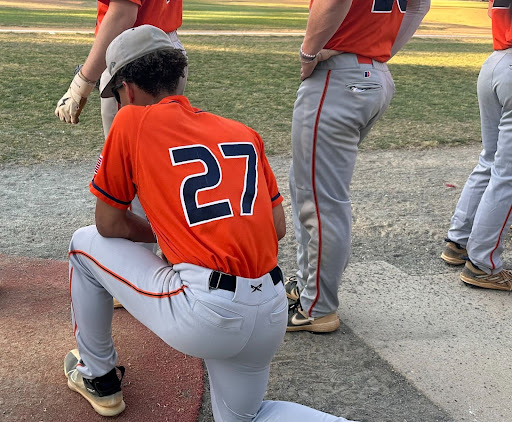Transcending socio-cultural barriers through cricket

Photo courtesy of Pixnio
Cricket matches consist of two teams, made up of 11 players each, and two umpires. Cricket is similar to other sports in the sense that there are several different formats it can be played in. meaning matches can last anywhere from 3 hours to 5 days. The side scoring more runs, as well as all the innings of the losing team, ultimately wins.
As the excitement surrounding football season comes to a start, an arguably more anticipated match for South Asian students takes place; the India vs. Pakistan cricket match.
Initially brought to the subcontinent by the British during the 1700s, the sport has managed to remain relevant through the years. Similar to most major athletic events, such as the Olympics and the World Cup, the Cricket World Cup takes place every four years while the Asia Cup takes place every two. Almost nothing unites the South Asian diaspora like the shared love for cricket. Likewise, the strong, ongoing, patriotic rivalries rip apart the nations like no other. Due to South Asia’s unique history, cricket matches tend to be more than just a sport, often taking up political undertones and opening up old wounds.
“Especially since 1947, where India and Pakistan split [due to the] partition, things like cricket is where their rivalry shows,” said junior Saraya Jilludumudi. “I think more and more people nowadays are becoming more civil, but when it comes to cricket, it’s truly competitive.”
Regardless of the national tensions, some South Asian American students, such as junior Anika Pant, recognize the cultural significance of cricket as a link to their heritage.
“I think that in a country like the United States, where there are so many different cultures and livelihoods, people tend to band together with their own kin, for familiarity’s sake,” said Pant.
Growing up surrounded by various languages and cultural customs, cricket is a common conversation starter for people of the neighboring nations, building bonds where cricket doesn’t experience the same popularity as back home.
“Cricket, among other things, has definitely helped foster a sense of patriotism and community for South Asians, especially because it’s more of a ‘niche’ sport here compared to football or baseball, for example,” adds Pant.
Football season often reminds American families of huddling by the TV, cheering on their favorite teams, and overall making great memories. Comparably, South Asian households look quite similar during cricket season, a time for festivity and fun.
“When I was in [second] grade we had a big family reunion in Chicago, 50 plus people all gathered in a house having a good time. But the clock hit 11 a.m. and suddenly every single person in the house was gathered around the tv to watch an India-Pakistan match,” said senior Rhea Sidhu. “The reunion suddenly turned into a watch party and it was so much fun to see all my family get so hyped up and into the game. [There was] so much cheering and yelling throughout the house as everyone watched the match in anticipation.”
For South Asian Americans, cricket also provides a connection between older and younger generations. Allowing immigrant parents, such as sophomore Hira Shahid’s, to share fond memories from their childhood, bringing students closer to their traditions.
“My dad talks about how his parents used to watch cricket all the time and in Pakistan kids would play the sport all the time as well,” said Shahid. “So from that he started getting more into it he would start watching and playing more, it really just gave him something he could bond over w[ith] his friends and family.”











